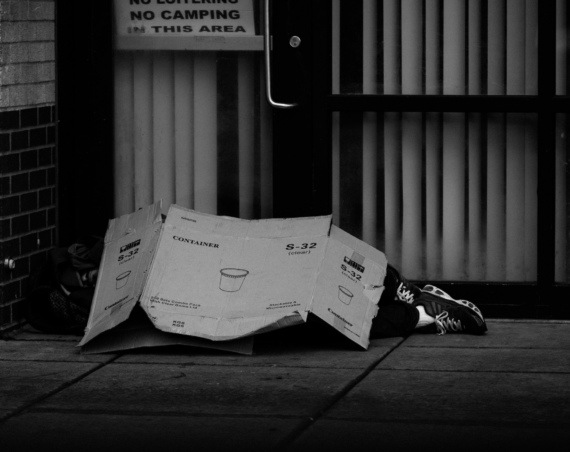At twenty years old, Naomi Osaka shocked the world when she beat Serena Williams in the 2018 US Open, the most legendary women’s tennis player in history. Over the following years, she continued to win three more Grand Slams. However, perhaps even more notable than her success on the court, is her unapologetic activism. She is not quiet about her values and her beliefs, and she has championed many pressing social issues on the court, most notably Black Lives Matter. As a bicultural and biracial individual myself, it also matters to me that Osaka is Japanese and American, East Asian and Black. Her sustained success as a bicultural and biracial athlete in an overwhelmingly white and male sport is even more impressive. And to top it off, she is breathtakingly young – she is 23 years old, only 2 months older than me.
Last week, Osaka announced that she would not participate in standard post-match press conferences during this year’s French Open in order to protect her mental health. She explained that in doing this, she hoped to open a conversation about the media and sports establishment and their role in harming athlete’s mental health.
After Osaka made good on her promise and skipped a post-match press conference, the major tennis federations responded swiftly – if Osaka does not attend these press conferences, the federation has the right to expel her from the French Open or other Grand Slams in the future. Osaka promptly withdrew from the French Open, an unprecedented move. In her statement, she described coping with depression since 2018, and she highlighted the post-match press conference as a particularly anxiety-inducing setting. The official statement from the French Tennis Federation was pathetic, with the president Gilles Moreton reading a statement to the press, wishing Osaka a “speedy recovery”. Apparently, he does not understand that depression is a chronic condition that cannot simply be quickly recovered from.
The French Tennis Federation’s response to Osaka only confirmed the lack of understanding of mental health by institutions and the public, and reflects the age-old view that athletes are somehow superhuman, not bound by human limitations and conditions. With this in mind, Osaka’s stance is even more monumental.
Osaka’s stance is an important step in normalizing discussions of mental health among young adults, and in showing us how we might approach advocating for our mental wellbeing. However, Osaka didn’t just speak to her close friends and family, she told the world, and she told the tennis establishment – the aging, male, white tennis establishment. Osaka showed us, once again, that she is not going to stay in her lane, she is not going to keep her head down. She is choosing to prioritize herself and her health despite the people she is up against.
Osaka is not the first high-profile athlete to discuss mental health, with the swimmer Michael Phelps and the gymnast Aly Raisman, among others, telling their own stories and advocating for mental health and wellbeing in the last few years. However, Osaka’s action is particularly striking because she is not only speaking openly, but she is also pushing for systemic change in respect to mental health. By highlighting the press conference as a concrete practice that contributes to poor mental health, she is pushing for a reorganization of the tennis institution and athletic practices.
Osaka’s action has pushed me to think about how other institutions can also be pushed to better accommodate and promote good mental health in their communities. In the college setting, I have found that conversations on mental health have become increasingly common within the classroom. Alongside grading scales and course descriptions, syllabi have started to include a “mental health resources” section, and flexibility on deadlines based on personal health have become more common. Indeed, two professors of mine cancelled class on different days due to personal reasons last semester.
However, despite the opening of these conversations and the option to delay deadlines or take personal days, it can feel very different to capitalize on these options and take action. Osaka’s move, though, shows us what it means to act, and how we might as well. Osaka was honest and vulnerable about her experiences, and she respectfully explained her reasoning to the people in power (the tennis federation). She was unapologetic and frank – she stated her needs and when the federation did not respect them, she stepped away. Although Osaka was not granted the right to a tournament without post-match press conferences, she did achieve something larger. In speaking up and respectfully withdrawing from the tournament, she protected her mental health, and she paved the way forward for changing institutional practices and for opening possibilities for her fellow athletes to also prioritize their mental health.
College students may have a fraction of Osaka’s fame and star power, but her move serves as a powerful example of the possibilities of standing up and speaking out in response to institutional practices. As a young woman facing an aging tennis institution and narrow athletic norms, Osaka’s vulnerability and courage is striking. More than anything, Osaka is showing us that speaking up and challenging seemingly ancient norms and institutions is possible. She is setting a precedent for others, a roadmap for speaking up in the face of institutional barriers. It leads me to think about all the times I neglected my own mental health for the sake of turning in the “perfect” paper, the times I accepted deadlines without considering what else I was juggling. I am grateful for Osaka’s bravery for showing us what is possible, through small and larger acts, in taking action to promote our mental health. And when more and more people take these steps to prioritize themselves, and when these conversations actually become commonplace, then we might begin to truly reimagine a world where mental health is a priority.



